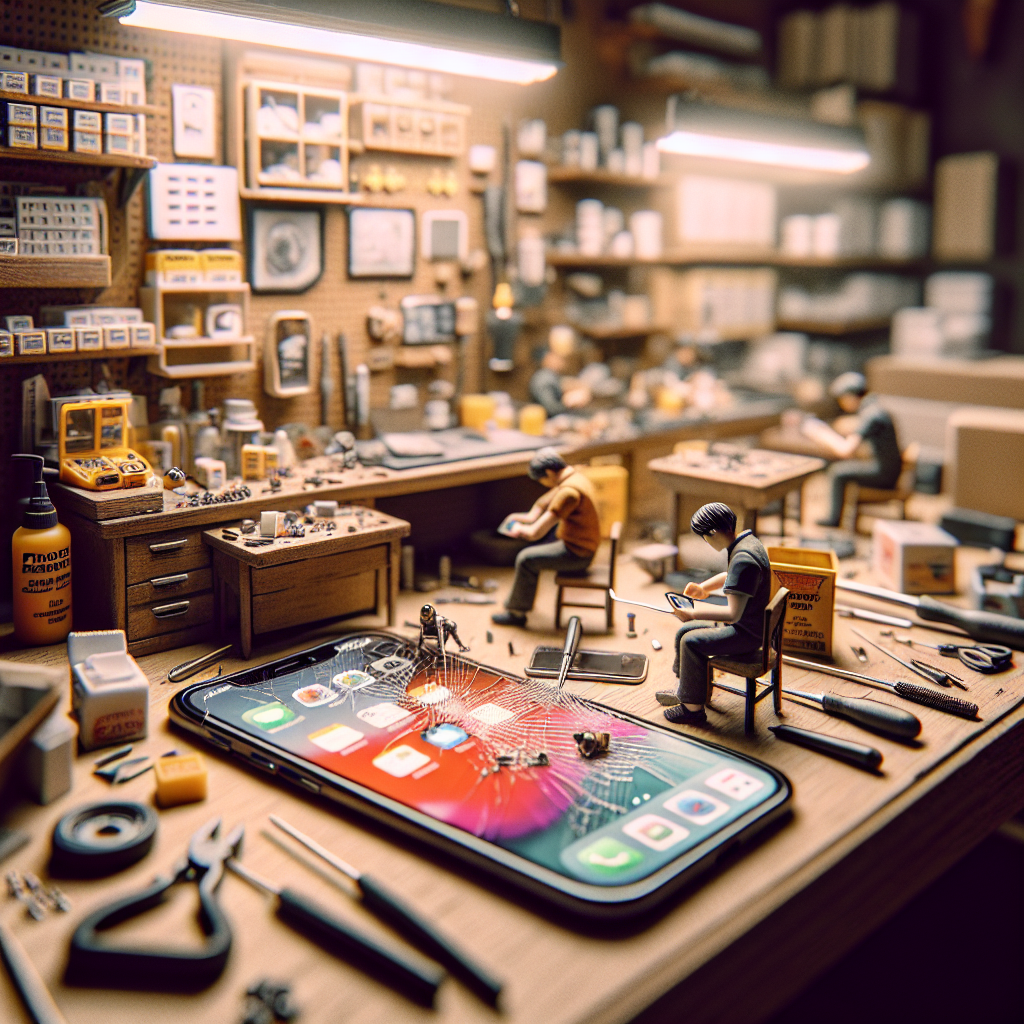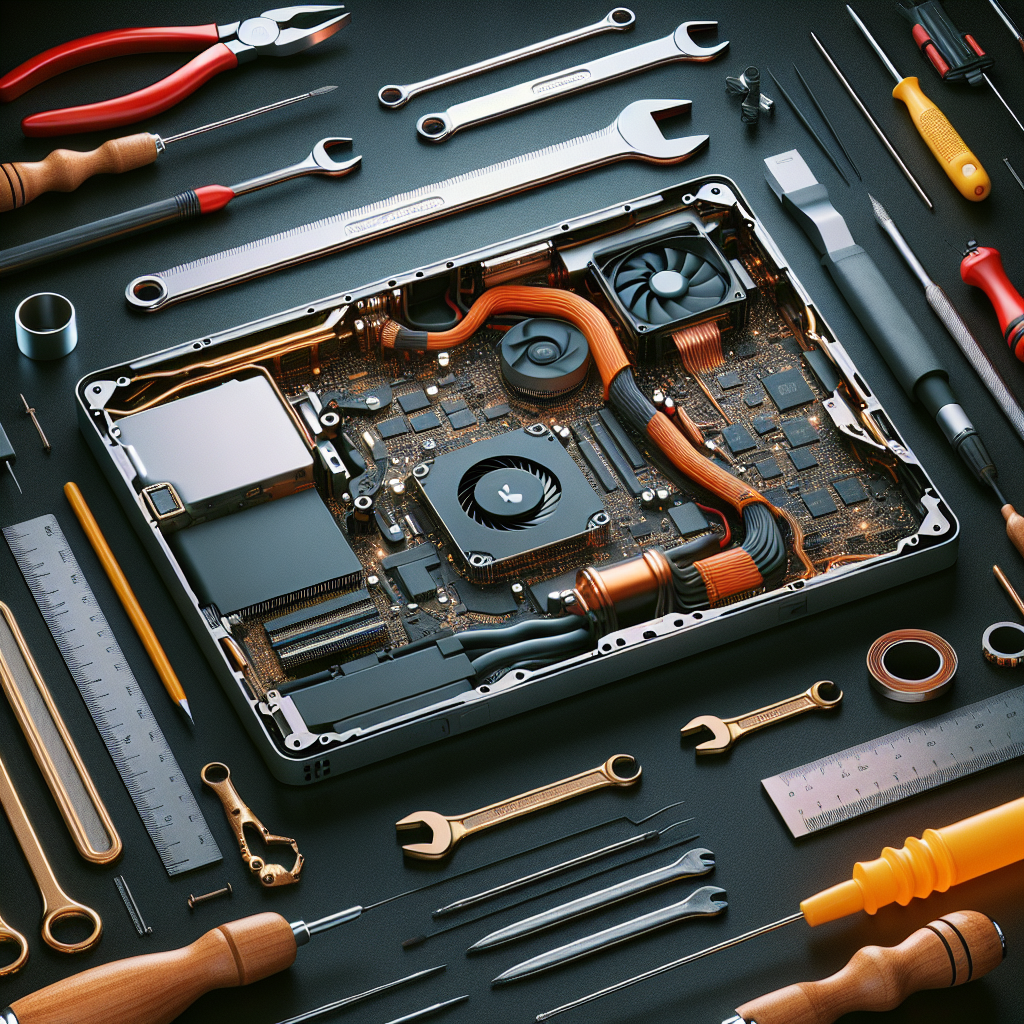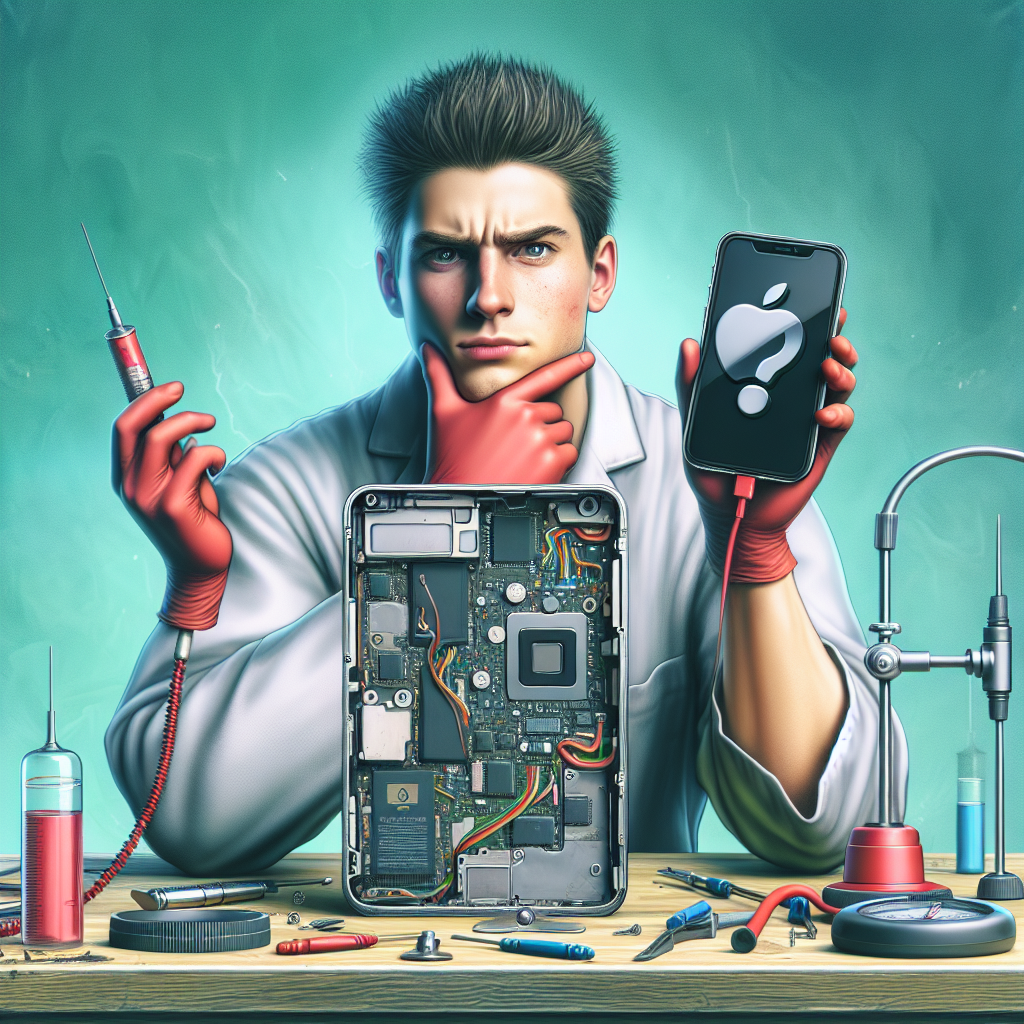Introduction
Having a cracked screen protector can be frustrating. It not only affects the appearance of your device but also compromises its functionality. When faced with a cracked screen protector, you might find yourself wondering, “Should I remove it?” In this article, we will explore the reasons why you should consider removing a cracked screen protector and provide you with steps on how to safely remove it.
Table of Contents
- Reasons to remove a cracked screen protector
- How to safely remove a cracked screen protector
- Frequently asked questions
Reasons to Remove a Cracked Screen Protector
If you’re unsure whether you should remove your cracked screen protector, consider the following reasons:
1. Visual Distortion
A cracked screen protector can cause visual distortion, making it difficult to view content on your device clearly. The cracks can create distracting lines or patterns that interfere with your overall viewing experience. Removing the cracked screen protector will eliminate this visual distortion and restore the clarity of your screen.
2. Touch Sensitivity Issues
A cracked screen protector can also affect the touch sensitivity of your device. You may experience unresponsive areas or erratic touch behavior due to the cracks. Removing the cracked screen protector will allow your device’s touch screen to function properly again, ensuring a seamless user experience.
3. Potential for Further Damage
A cracked screen protector may provide a false sense of security, as it can give the impression that your device’s screen is protected. However, the cracks weaken the overall integrity of the protector, making it more susceptible to further damage. Removing the cracked screen protector will prevent it from potentially causing additional harm to your device’s screen.
4. Aesthetics
Let’s face it, a cracked screen protector is not aesthetically pleasing. It can make your device appear worn out or neglected. By removing the cracked screen protector, you can restore the sleek and polished look of your device.
How to Safely Remove a Cracked Screen Protector
Removing a cracked screen protector requires caution to avoid damaging your device’s screen. Follow these steps to safely remove it:
- Clean the screen: Before removing the cracked screen protector, clean the device’s screen with a microfiber cloth to remove any dust or debris.
- Apply heat: Use a hairdryer or a heat gun on low heat to warm up the edges of the cracked screen protector. The heat will soften the adhesive, making it easier to remove.
- Start from a corner: Gently lift the corner of the cracked screen protector using a fingernail or a plastic card. Be careful not to apply too much force to avoid damaging the screen.
- Peel off slowly: Slowly peel off the cracked screen protector from the device’s screen, keeping it at a low angle. If you encounter resistance, apply more heat to loosen the adhesive.
- Clean any residue: After removing the cracked screen protector, use a microfiber cloth and a small amount of rubbing alcohol to clean any adhesive residue left on the screen.
Note: The steps provided are general guidelines. It’s essential to refer to the manufacturer’s instructions or seek professional assistance if you’re unsure about the removal process for your specific device.
Frequently Asked Questions
Here are some frequently asked questions regarding cracked screen protectors:
1. Can I still use my device with a cracked screen protector?
While you can still use your device with a cracked screen protector, it’s recommended to remove it for the reasons mentioned above. Eventually, the cracks may worsen, leading to more severe issues with your device’s screen.
2. Can I replace a cracked screen protector?
Yes, you can replace a cracked screen protector. Most screen protectors are designed to be easily removed and replaced. Refer to the manufacturer’s instructions or consult a professional if you need assistance with replacing the screen protector.
3. How do I prevent my screen protector from cracking?
To prevent your screen protector from cracking, consider the following tips:
- Handle your device with care and avoid dropping it.
- Avoid placing your device face down on hard surfaces.
- Use a protective case to provide an extra layer of protection.
However, keep in mind that accidents can happen, and even with precautions, a screen protector may still crack.
Key Takeaways
- A cracked screen protector can cause visual distortion, touch sensitivity issues, and potential damage to your device’s screen.
- Removing a cracked screen protector can restore the clarity of your screen, improve touch sensitivity, prevent further damage, and enhance the aesthetics of your device.
- Follow the manufacturer’s instructions or the provided steps to safely remove a cracked screen protector.
- If unsure, consult a professional for assistance with the removal or replacement process.
Conclusion
While it may be tempting to keep using your device with a cracked screen protector, the benefits of removing it outweigh the drawbacks. By removing the cracked screen protector, you can restore the functionality and aesthetics of your device, ensuring an optimal user experience. Take the necessary precautions and follow the recommended steps to safely remove the cracked screen protector and enjoy your device’s screen in its full glory.




